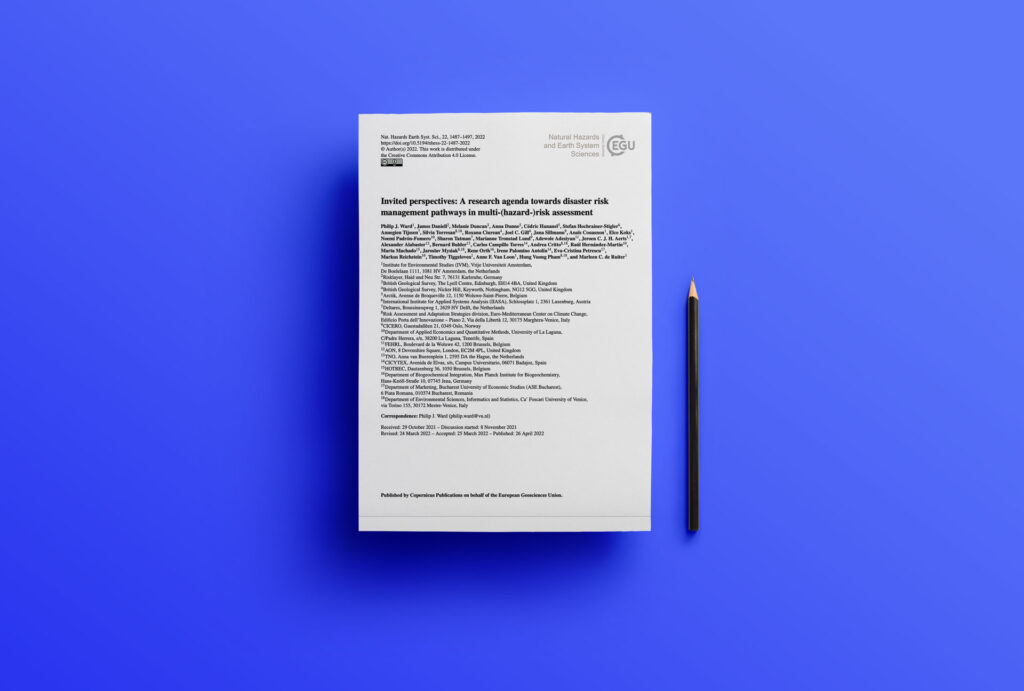
Making the case for multi-hazard risk assessment – MYRIAD-EU publishes its first joint paper
If the ancient Greeks saw a rainstorm unleash lightning strikes that set a forest ablaze or flooding that swept away a village, they could only explain it as an act of the gods. In the millennia since, our understanding of the origin and effects of natural hazards has become far more sophisticated. Yet the science of disaster risk management still tends to focus on single hazards – the lightening bolt, the forest fire, the flood – in isolation. In the real world, the hazards surrounding us can and do interact with and amplify each other, creating risks that are greater than the sum of their parts.
So it’s high time for a paradigm shift in how we look at risk management – to broaden the research lens from analysing single hazards to an approach that looks at multiple hazards and risks and how they interrelate. This is exactly what is being called for in the first joint paper by the MYRIAD-EU research team, published in the April 2022 edition of the Natural Hazards and Earth System Sciences journal. With the title Invited perspectives: A research agenda towards disaster risk management pathways in multi-(hazard-)risk assessment, it brings together the combined brain power of 33 expert authors from 17 organisations across Europe, under the lead of Philip J. Ward, who heads up the coordinating team at the Institute for Environmental Studies (IVM), Vrije Universiteit Amsterdam.
The authors make the case for a “multi-(hazard-)risk and multi-sector approach” – but what does that mean? First, it involves exploring how different natural hazards interrelate to increase the overall risk facing a society: what happens if an earthquake triggers a landslide, or a drought increases the risk of forest fires? It also entails understanding how measures to reduce risk from one hazard can increase risk in other ways – build a wooden-framed house to withstand an earthquake, and you may find yourself in greater danger when faced with flooding or fire. And it implies a closer look at how these multiple hazards and risks play out in specific sectors and regions – what trade-offs are needed between the sustainable use of our land and the management of natural-hazard risks? Only by expanding our understanding of disaster risk management, the paper argues, can we address the complex challenges facing our planet today.
The article sets out a roadmap to do just that: the research agenda being put forward by MYRIAD-EU. Project aims include creating a new framework for multi-(hazard-)risk assessment and management, increasing the understanding of dynamic feedback between hazard, exposure and vulnerability, and developing future scenarios of multi-(hazard-)risk. And the research will be firmly rooted in real-world challenges, centring on five pilots in five regions across Europe: the North Sea, the Canary Islands, Scandinavia, Danube and Veneto. Each region faces a unique set of sustainability challenges, and MYRIAD-EU will work with local stakeholders to explore the multi-hazard scenarios confronting them and how these might interact with economic sectors ranging from infrastructure and transport to energy, finance and tourism. Ultimately, the research team wants to give policymakers and practitioners the tools and know-how they need to develop disaster risk management strategies that can support safe and sustainable development for their region and the people who live there.
Click here to read the article in full.
